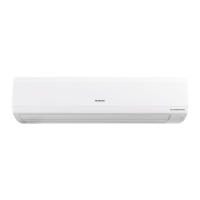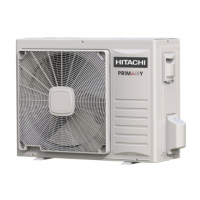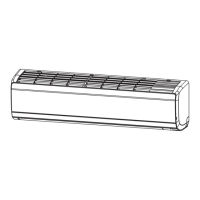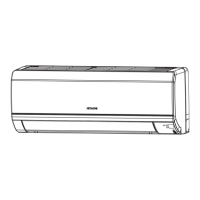3 Piping work and refrigerant charge
Copper refrigerant pipe
SMGB0099 rev.0 - 12/2016
102
Remove any internal burrs arising from the pipe cutter using a pipe reamer.
! CAUTION
• While making the cut, slant the pipe downwards to prevent burrs or shavings from falling inside the pipe.
• Do not use hand saws, circular saws, abrasive grinders or other tools that generate shavings.
• Strictly follow national or local regulations regarding occupational health and safety.
• Wear appropriate means of protection during cutting or brazing operations and installation (gloves, eye protection, etc).
If the pipe is not to be immediately ared, protect the end of the pipe using a suitable cap or high quality insulation tape.
! CAUTION
Do not leave the ends of ared pipes unprotected.
3.4.3 Bending copper pipes
Where the refrigerant pipes are to be bent, always use a bending tool or a spring, both of a diameter that is adapted to
the pipe to be bent.
The bending radii must be as wide as possible so that the gas or liquid refrigerant ow is not altered and no circulation
noise is generated during operation.
? NOTE
• Bends in refrigerant pipes reduce system performance due to changes in the ow of gas and liquid refrigerant circulation.
• Do not use any other tool to bend pipes, as the pipe may be excessively bent or crushed and its inner diameter reduced.
! CAUTION
Never bend pipes with radii of less than 90°.

